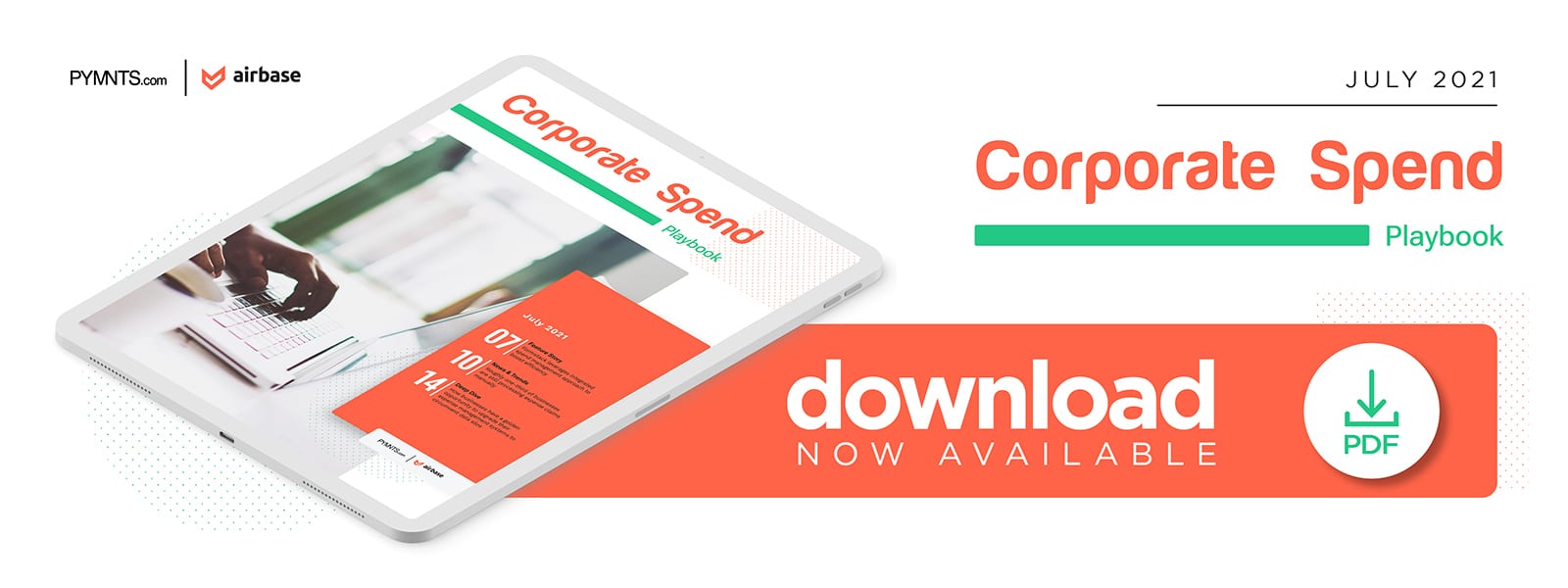How Spend Management Automation Powered Formstack’s Digital Transition

 Spend management and accounts payable (AP) processes have historically been mired in paper-based, manual methods. Different departments are left to set their own rules when collecting, processing and approving payments, which can include employee travel expenses, card processing fees, software subscriptions or other costs. The result is a complex and deeply fragmented ecosystem that has little transparency and contains duplicative processes that make it difficult for cash flow managers and budget owners to know exact details that may be critical
Spend management and accounts payable (AP) processes have historically been mired in paper-based, manual methods. Different departments are left to set their own rules when collecting, processing and approving payments, which can include employee travel expenses, card processing fees, software subscriptions or other costs. The result is a complex and deeply fragmented ecosystem that has little transparency and contains duplicative processes that make it difficult for cash flow managers and budget owners to know exact details that may be critical
The post-March 2020 transition to a remote workforce made many of these frustrations worse. Different departments were suddenly left without a central location, exacerbating siloing issues that had existed for years and further eroding transparency. Many businesses, therefore, found themselves rebuilding their spend management processes from scratch — an arduous task but one that also holds great opportunity.
PYMNTS interviewed Matt Gard, vice president of accounting and compliance at Formstack, a self-described “workplace productivity platform,” to discuss how digital expense and AP innovations can help support businesses’ broader financial and payments operations as they transition to remote or hybrid workforces and the advantages these systems can provide by improving upon legacy, paper-based expense workflows.
A Smoother Transition
Formstack was ahead of the curve on moving to a remote workforce, according to Gard. The company began its transition to a remote and hybrid team eight years ago, with anywhere from 60 percent to 70 percent of its workforce working remotely by March 2020. Streamlining AP and expense processes with digital technology was a part of that transition, but automating these workflows also yielded many other benefits.
Automation reduces the risk of human error that goes along with managing these processes manually or with a series of tools that must be reconciled. Clearly, this risk compounds as an organization grows and adds unnecessary friction to that growth.
“Depending on how big the organization is, you can have a lot of hands and several individuals working on similar tasks, and just making sure that we can limit the interaction between the departments and then also [trying] to limit the [risk of] human error” was a big benefit of that digital transition, Gard said. This not only allowed Formstack to manage its payments flows more efficiently but also ultimately smoothed the transition to a remote-only workforce when the pandemic struck.
“In the beginning of 2020, we were already in the process of replacing our credit card processing flows and a portion of our AP systems and [consolidating] that as much as we could into one system outside of our general ledger,” he said
Automating these processes ultimately allowed the company to save anywhere from two to four days in its accounting review process and freed up its financial professionals’ schedules to focus on more pressing matters.
Gard explained that Formstack’s transition to an automated spend management system did more than give the organization a more holistic way of managing its expenses. It also helped make its workers’ everyday lives far easier and more manageable by reducing the time and attention employees and their managers needed to devote to expense approval.
Streamlining The Day-To-Day And Beyond
Formstack’s current system includes automated expense reimbursement, for instance, as it allows employees to submit expense requests through their phones, tablets or computers. Requests are then approved or denied in real time.
“You can make those approvals right through your phone with the app that we have, so it can really work from anywhere, and as long as [a request] fits within the [general] constraints of the budget rules … [our app] gives them the freedom to get their job done,” he said.
This means that the system can automatically review and approve team members’ expenses, giving them real-time access to the funds. It also means that employees need not worry about spending out of pocket and then hope to be reimbursed for company expenses after the fact.
The benefits that Formstack has enjoyed from adopting an automated system have also inspired the company to automate new payments flows. The next category to add to this integration is travel expenses, which are planned for implementation in the latter half of 2021 — just in time for a much-anticipated uptick in business travel.
“The travel reimbursement process is the only one that … sits outside our current flow, and figuring out how to add controls around that [and] bringing everything into one workflow or one or two systems is a high priority for us right now,” Gard said, signaling that the business will be adding a new touchpoint to its broader spend management ecosystem in the near future.
Formstack’s continuing journey to evolve its spend management and AP systems illustrates the power that automation can have to improve payments efficiencies. New automation tools and digital payment systems open the possibilities for a significant improvement for a company’s financial operations. Streamlining the whole spend management process — from approval workflows to automatic booking of transactions to the general ledger — into one system with consistent processes can help ensure that remote organizations run efficiently.